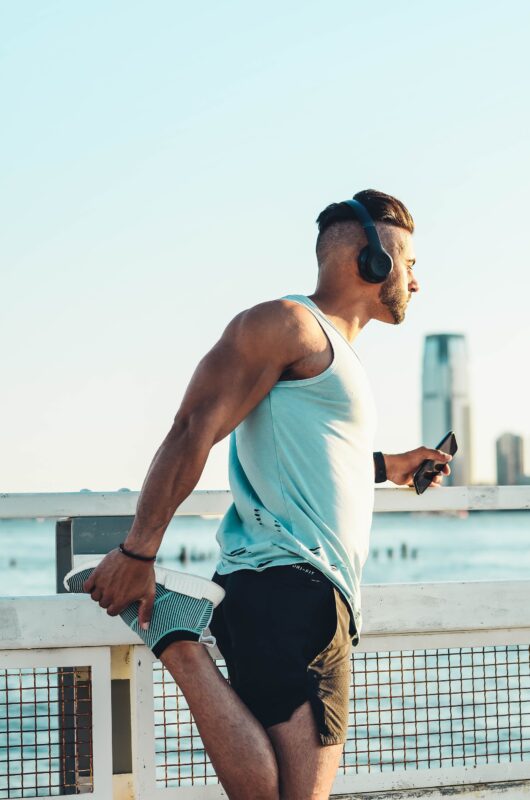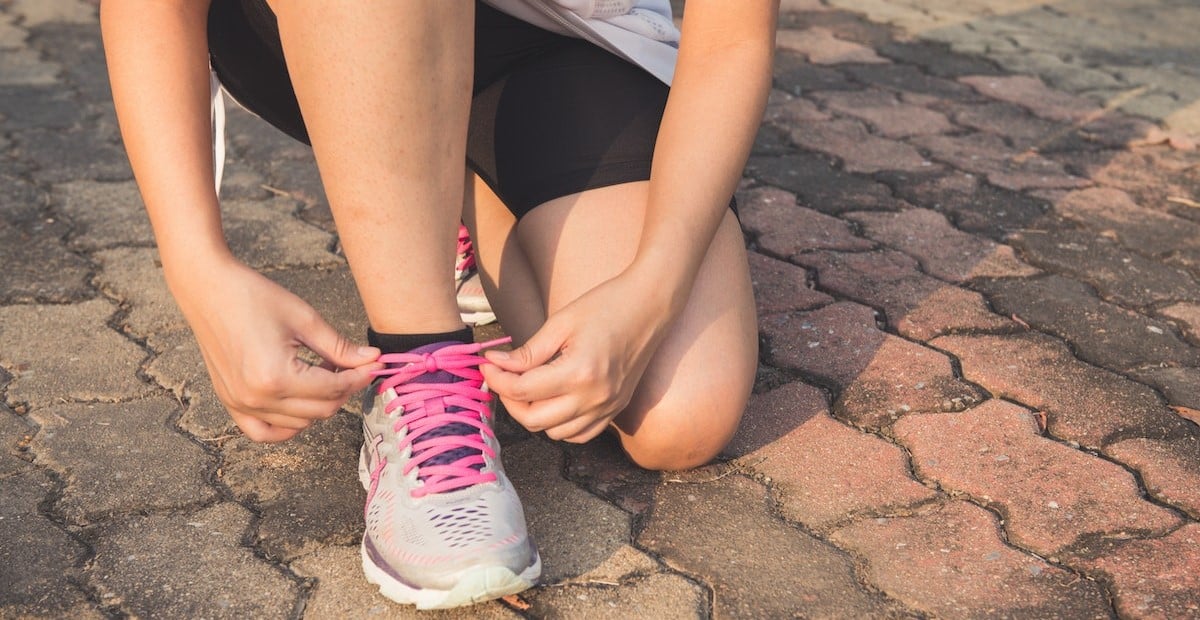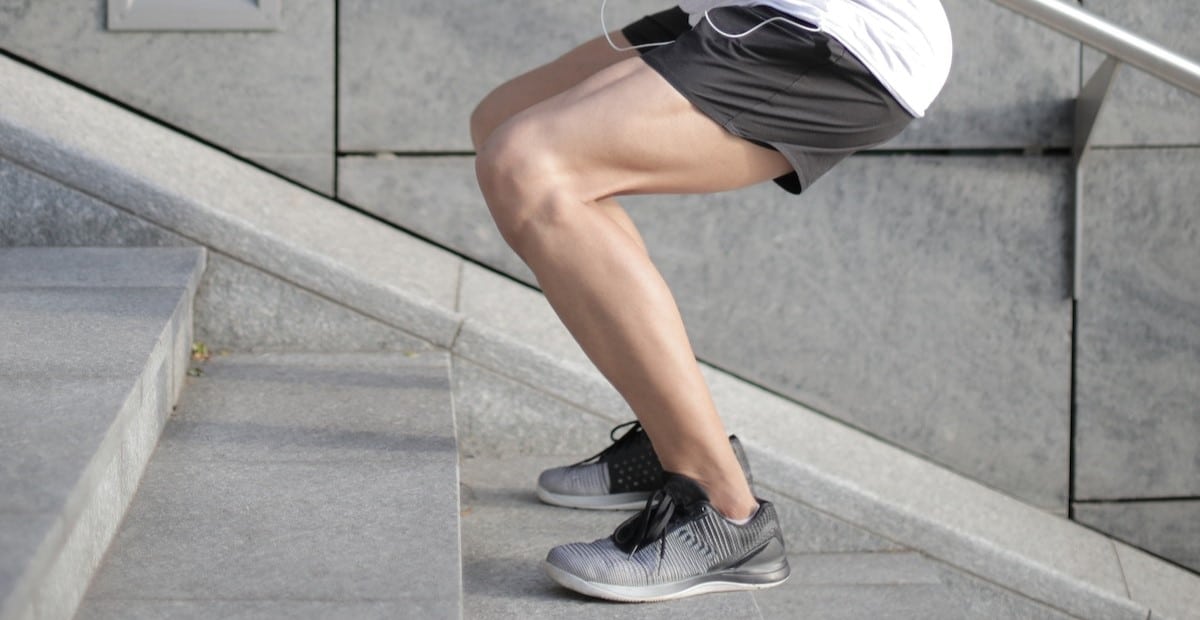
Contents
Don’t let runner’s knee put a dent in your stride with these helpful tips.
The feel of your soles hitting the pavement, a quiet morning, the sun in the sky… and a dull pain in your knee that you just know is going to bother you even more later. But what can you do? Surely runner’s knee is just a part of being a runner?
Runner’s knee, also known as patellofemoral pain syndrome, is a common overuse injury that affects runners and other athletes. If you’re experiencing this assault on your knee joint, you may be wondering what you can do to alleviate the pain and get back to your running routine. Here are some tips on how to get rid of runner’s knee:
Rest and ice the area
The first step in treating runner’s knee is to give your body time to heal. This means taking a break from running and other activities that may exacerbate the pain. Use ice or a cold pack to reduce swelling and inflammation in the affected area. Applying ice for 15-20 minutes several times a day can help to reduce pain and swelling. A knee brace can also be helpful here.
Stretch and strengthen the muscles
Stretching and strengthening exercises can help to alleviate runner’s knee pain and prevent future injury. Focus on exercises that target the quadriceps, hamstrings, and glutes, as these muscles play a key role in supporting the knee. Some effective stretches and exercises include leg presses, leg extensions, and leg curls – keeping your knees bent before making your leg straight is the key here.
Wear appropriate shoes
Wearing the right shoes can help to reduce the stress on your knees and prevent runner’s knee from occurring. Look for shoes that are specifically designed for running and provide adequate support and cushioning. It is also a good idea to replace your shoes every 300-500 miles, or when they begin to show signs of wear and tear.
Consider physical therapy
If your runner’s knee persists despite home treatment, it may be necessary to seek the help of a physical therapist. A physical therapist can help you to identify any underlying issues that may be contributing to your runner’s knee pain through a physical exam and develop a treatment plan to help you recover. This might include hip strengthening exercises, and exercises to improve tight hamstrings.
Conclusion



It is possible to treat runner’s knee – you just need to rest until after the pain subsides and then treat any muscle imbalances that may be contributing to the knee problems in your left leg or right leg.
FAQs
Can runner’s knee be prevented?
There are several steps you can take to prevent runner’s knee:
- Gradually increase the distance and intensity of your runs to allow your body time to adjust
- Wear shoes that provide proper support and cushioning
- Strengthen the muscles around the knee to improve stability
- Stretch before and after running to reduce the risk of injury
- Take breaks from running to allow your body time to rest and recover
By following these tips, you can help to prevent runner’s knee and keep your body healthy and strong.